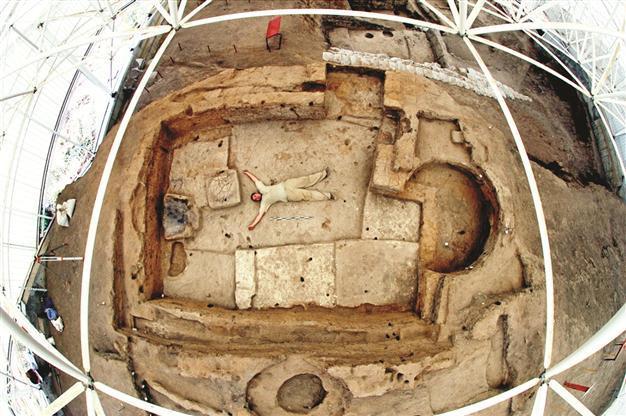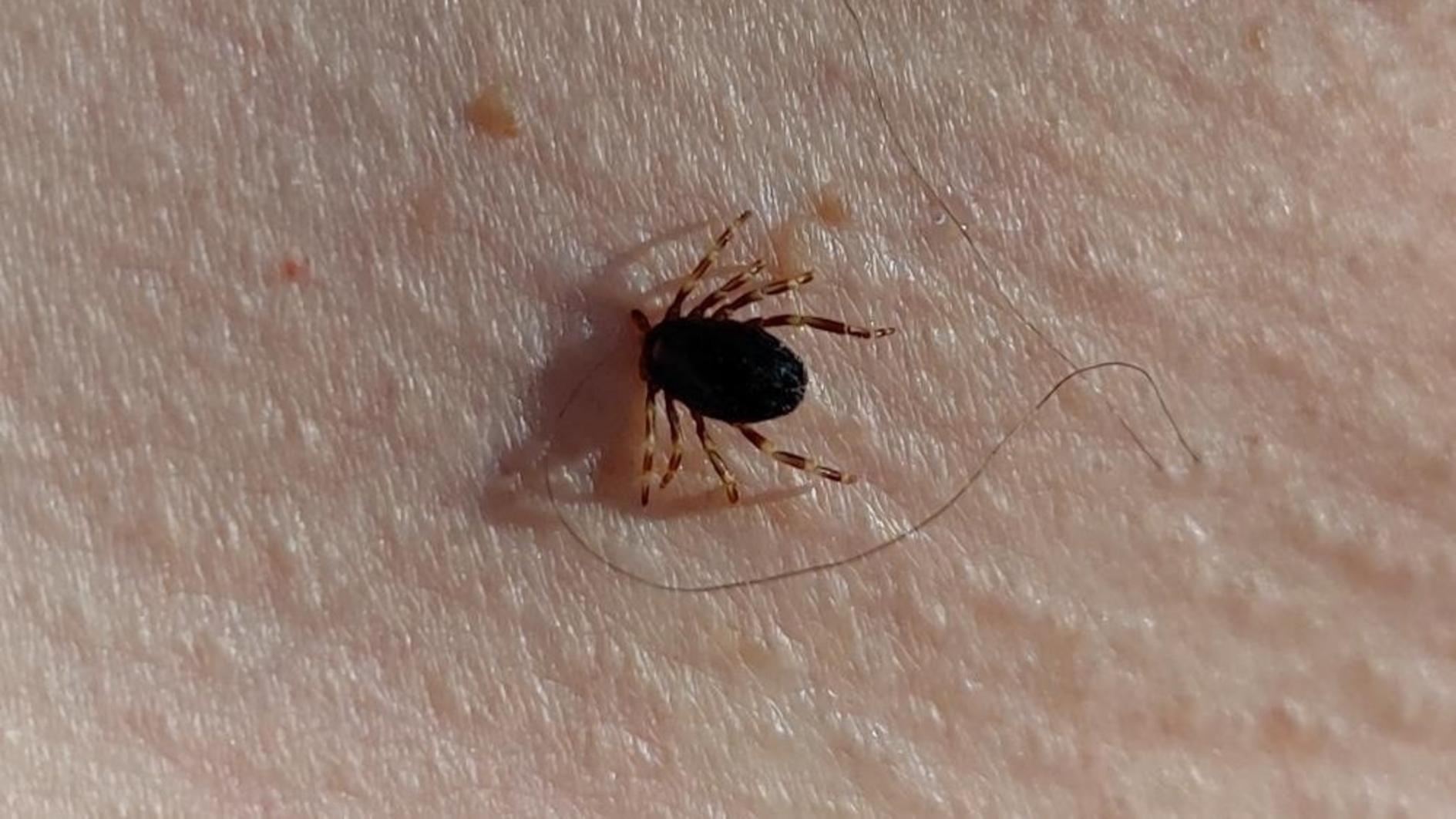Experimental houses to depict ancient life
KONYA - Anatolia News Agency

Wall paintings in Çatalhöyük will be recreated for visitors in four experimental houses at the site. Vultures, bulls and leopards, representing characteristics to inhabitants, were frequently depicted. AA Photo
9,000-year-old civilization will come alive in four experimental houses at Çatalhöyük, an ancient settlement in Konya’s Çumra district included on the UNESCO World Cultural Heritage list.The assistant director of the Çatalhöyük excavations, Serap Özdöl, told Anatolia news agency that four experimental houses would be built at Çatalhöyük, one of the earliest human settlements in the world.
The houses will bring to the forefront animal paintings that were important for the people living in Anatolia in this period including figures of leopards, bulls and vultures. In these wall paintings, which are accepted as some of the earliest artworks, leopard skins are seen on people, Özdöl said, adding that in the same pictures, figures of vultures and strong bulls frequently appear. “Clearly these signified certain qualities and even god-like powers to the people who lived in these houses.”
World Heritage status attracts visitors
Since Çatalhöyük was included on the UNESCO World Heritage List this summer, visitors have increased, Özdöl said.

AA Photo
“There are tourists who only visit UNSECO World Heritage sites around the world, and we are expecting that those tourists will come to Çatalhöyük this year,” said Özdöl.
The increasing tourist figure has made renovation of the excavation site necessary again, Özdöl said. “That’s why we have decided to build experimental houses that will help the tourists to understand Çatalhöyük better.”
After 20 years, excavation work is still ongoing under director Ian Hodder of Stanford University and is expected to continue for another five years, Özdöl said. A research institute center would be added to the site, she said.
About Çatalhöyük
The first excavation work at Çatalhöyük was carried out in the 1960s by British archaeologist James Mellaart and his team. Professor Ian Hodder took over the excavation work at the ancient site in 1993.
Currently an international excavation team of more than 100 people is working at Çatalhöyük. They are investigating diseases, genetic features and plants and animals in the area.
A number of historical artworks have been found during the excavations.
















